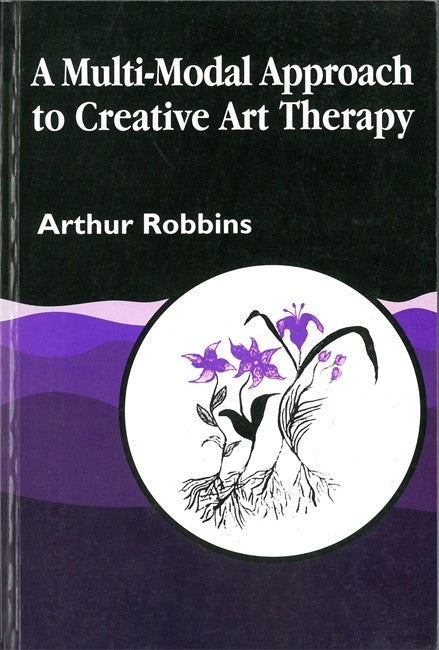Part 1: Integrating the personal and theoretical splits in the struggle towards an identity as an art therapist; becoming an art therapist; creativity development; the use of imagery; a creative arts approach to art therapy; the play of psychotherapeutic artistry and psychoaesthetics; resistance in art therapy - a multi-model approach; art therapist and psychic healer - description of a joint workshop; clinical considerations; art diagnosis; diagnostic indicators in the artwork of borderline and dissociative patients; developing therapeutic artistry - a joint countertransference supervisory seminar/sculpting workshop; counter-transference and the art therapeutic process with borderline patients; technique; materials; institutional issues. Part 2 Case studies: clinical applications; art therapy with a floating fortress, Linda Joan Brown; merger and separateness, Kristin Stonehouse; regressive reintegration, Anne Reilly; play, art and photography in a therapeutic nursery school, Ellen Nelson/Gee; the phantom's mask - a search for meaning, Michele M. Neuhaus; a case of chronic childhood abuse, Patricia Savage Williams; the use of film, photography and art with ghetto adolescents, Marbara Maciag.
Request Academic Copy
Please copy the ISBN for submitting review copy form
Description
Numerous and helpful illustrations integrate well with descriptions of creative sessions. Case studies at the end of the book are enlightening... the strength of this book is the author's basic premise that creativity improves psychological health; Robbins offers a variety of means by which to incorporate creativity into the therapeutic process. A Multi-Modal Approach to Creative Art Therapy accomplishes its stated goal: it is indeed a text that is not limited to one model, and just as art therapists must adapt techniques to the needs of each client and situation, readers can choose whatever model best suits their approach.

